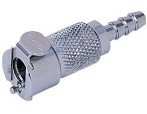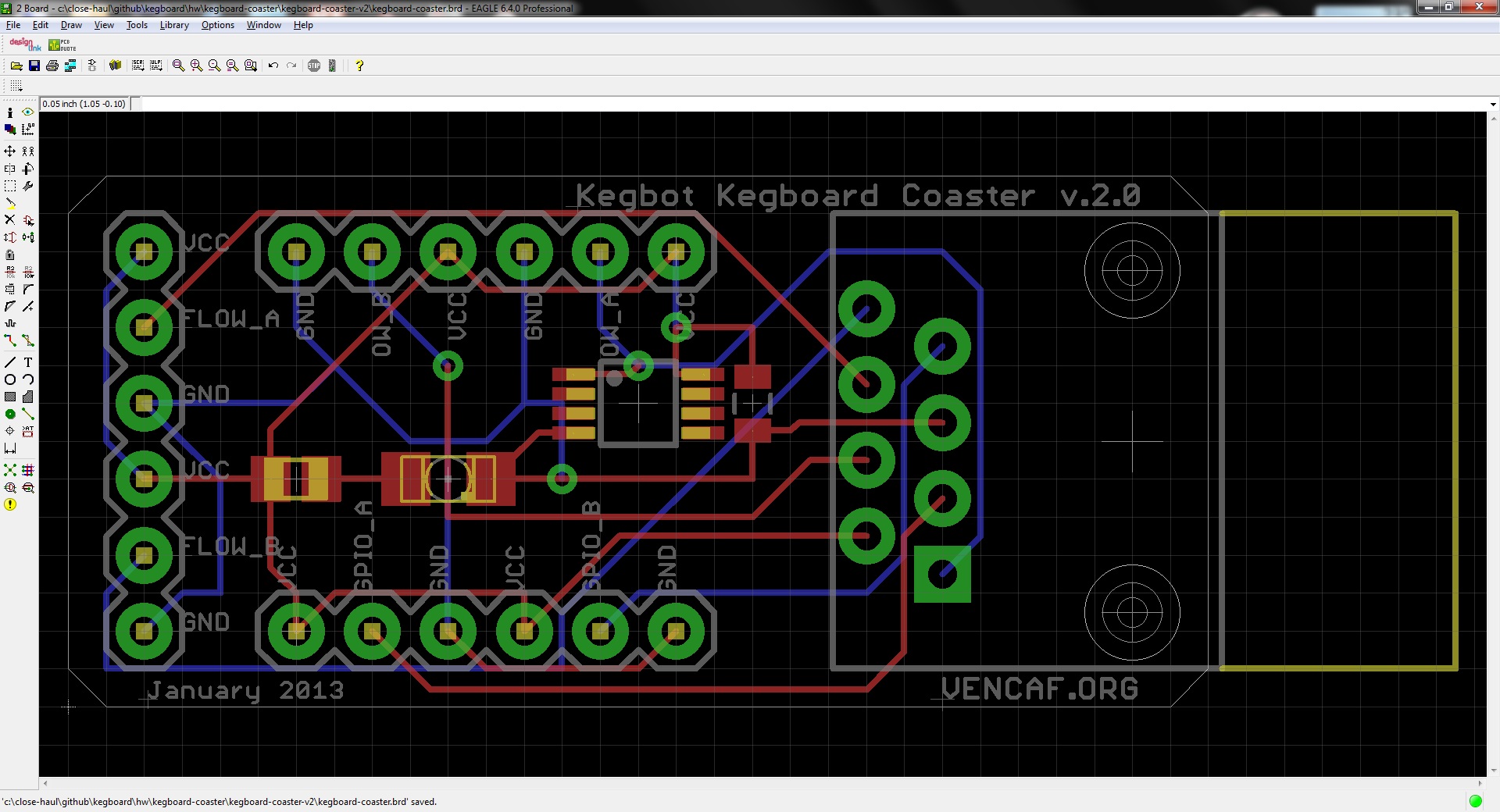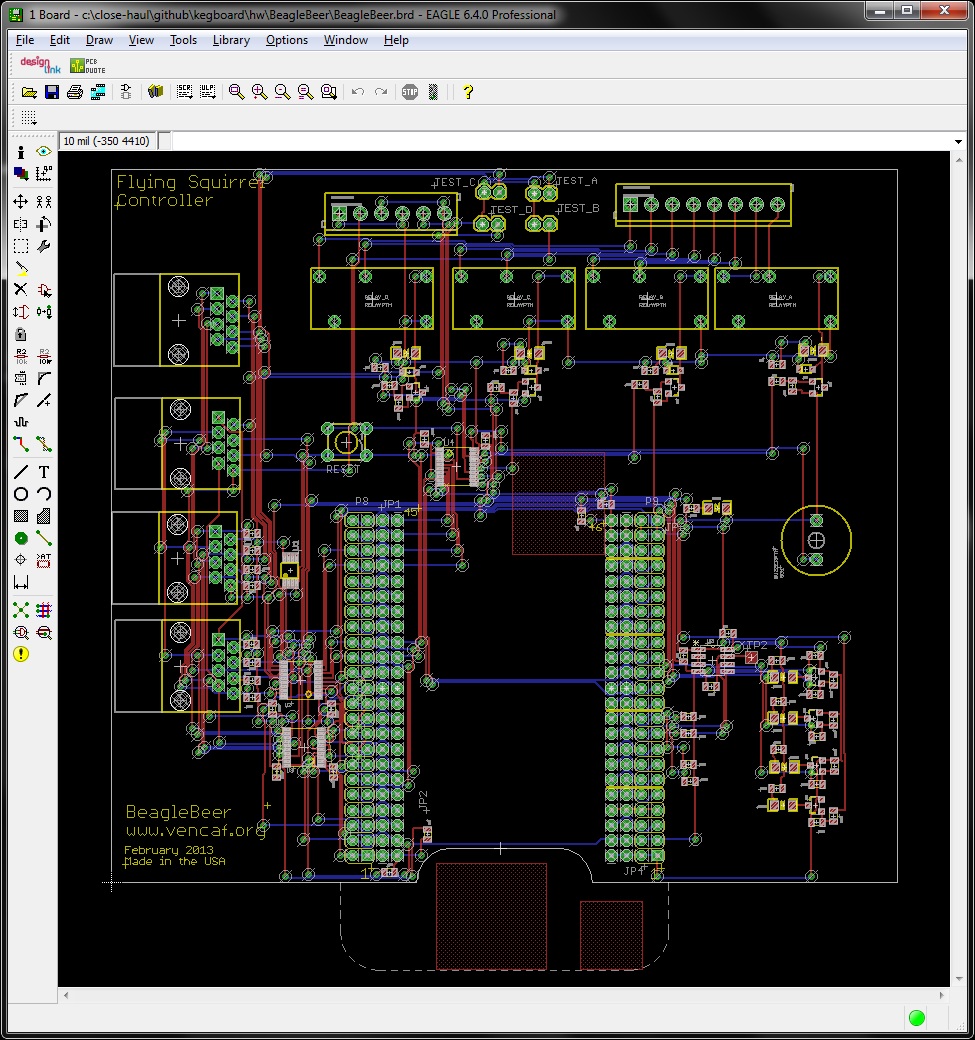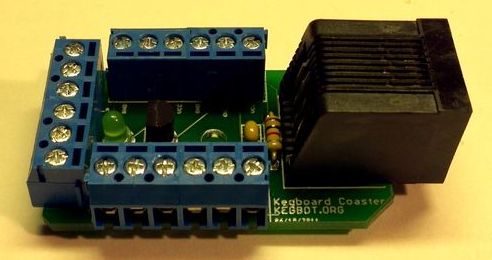Inspired by the iconic MTV show Pimp My Ride, the Venture Café bar staff has embarked on an initiative to transform the kegerator in the CIC 4th floor kitchen into a tricked-out beer dispensing system of epic proportions. The Venture Café Foundation has agreed to support this endeavor in the form of a Kegerator Enhancement Grant or KEG, an acronym concocted specifically for this series of blog posts.

Unlike some of the vehicles featured on Pimp My Ride, the Venture Café kegerator, with its clean stainless steel lines, does not come across as aesthetically offensive. Nevertheless, several glaring deficiencies lurk within:
1.Beer keg couplers are not created equal. There are 6 primary coupler varieties: D, S, A, G, U, and M System. The 4 taps in the Venture Café kegerator are equipped with D (or Domestic) Sankey couplers, the most prevalent configuration in the USA, limiting the beer choices we can offer.

2. We collect minimal data on which beers visitors prefer and how much beer of which variety gets consumed on any given Thursday.
3. Kegs run out or “kick” without advance warning, invariably spraying beer all over the unsuspecting barkeep.
You may or may not be surprised to learn that Venture Café bartenders Shahin Ali, Robin Coxe, and Amy Tindell hold Ph.D.s in chemical engineering, elementary particle physics, and neuroscience, respectively. One would hope that such an overeducated team could figure out how to offer a more diverse and international selection of beers, collect useful metrics from the kegerator, and train it to be considerate and not disgorge beer on people. In this post, the first in a series documenting significant milestones in Operation KEG, we unveil an experimental scheme that, if successful, will address the Deficiency #1 and will enable the Venture Café kegerator to accommodate European beers.
The residents of Planet Earth seem pathologically incapable of agreeing upon common standards for much of anything, resulting in a veritable plethora of DVD formats, AC power specifications, competing systems of measurement units, and, yes, beer keg coupler geometries. Fortunately though, American beer equipment manufacturers sell all six keg coupler systems equipped with beer ports and gas ports that have standard sizes. The gas port on the side of the coupler has a barb with an outer diameter 3/8″ to fit a CO2 hose with an inner diameter of 5/16″. The U.S. Beer Industry standard for the beer port extending from the top of the coupler has a 7/8″-14 thread that connects to a beer tube with an inner diameter of 3/16”.
After perusing a listing of beer brands and their corresponding keg couplers and weighing our options, we decided to purchase S, A, and G System couplers from Micromatic, as well as lengths of gas and beer tubing and stainless steel screw clamps. It occurred to Shahin that adding quick-release connectors to the gas and beer tubes attached to the new couplers would provide us with the capability to switch them in and out of service quickly and efficiently. Shahin identified 3/16” beer line fittings (Colder MCD2203 & MC1703) and 5/16” gas line fittings (Midwest Supplies 5302 & 5303). The complete configuration will require two female receptacles on the tap side (one for the gas line and another for the beer line) and one male plug for each of the two lines attached to each of the four available couplers (S, A, G, and D System) .





For the beta test, we decided to try out the quick-release system on the new S coupler and the existing D coupler on the leftmost tap in the kegerator. Regular Café visitors will recognize that we typically serve lighter beers such as hefeweizens, extra pale ales, and lagers from this tap. Tim Rowe, CEO of CIC and Chairman of The Venture Café Foundation, has long professed a yen for European lagers. His wish may soon be granted! Shahin and Robin performed the installation of the quick-release connectors during lunch hour on Friday 15 February 2013.
The S-coupler “Before” shot:

The first cut of the new CO2 line with the plug connector at the ready:

Installing the receptacle on the tap-side CO2 line:

Tightening the screw clamp on the S-coupler gas line:

The S-coupler “After” shot with plug connectors on beer and gas lines:

The D-coupler retrofitted with plug connectors on beer and gas lines:

The MIT engineer deems the system ready for testing!

Will it work with Notch Session Pils?

Mmm Beer!

Dispensing that first perfect cup of beer allayed our concerns that the presence of the quick-connect fittings on the beer line might cause excessive foaminess. [We have ample spare tubing, hex nuts, and washers on hand if any aspect of this endeavor were to fail miserably and we were to elect to revert back to the original configuration with a non-detachable coupler.] We will put the retrofitted D-coupler through the paces at the Café this Thursday. If this first field test succeeds, we will go ahead and install quick-connect fittings on the new A and G couplers. Expect to see a European lager in an S-compatible keg in the coming weeks!
Coming Up Next in Part 2…
Robin outlines a cunning plan to give the Venture Café kegerator a brain by adopting and enhancing the Kegbot Project, an open source beer kegerator control system.



































